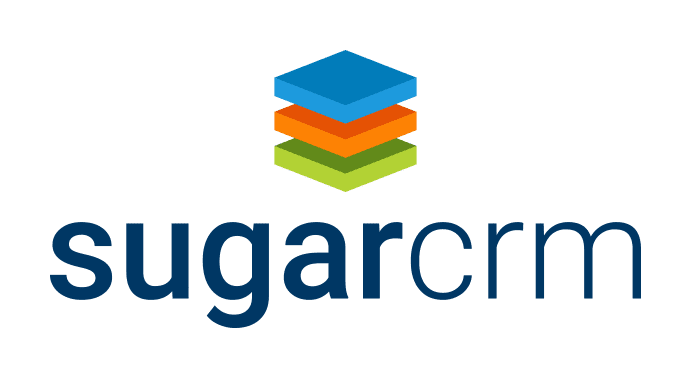It’s often hard to make predictions in a rapidly evolving technology landscape, especially after 2020, where virtually every market across all industries experienced uncertainty like never before. But in a time when businesses are continually seeking more flexible business software solutions to streamline their processes and establish some sort of competitive advantage, new business technology adoption has been strong and surprisingly consistent.
In fact, trends for enterprise resource planning (ERP) and automation have met or exceeded early predictions coming into 2020. ERP’s future is bright because of digitization, agility, and enhanced process optimization features that are all the craze.
Companies that have historically embraced technology found themselves in a unique position to make data-driven, well-informed decisions for the moment’s circumstances and quickly adapted to remote, mobile work environments.
As companies from various industries head into 2021, they’ll need to upgrade their ERP to reap the benefits after learning where their current software falls short. Those organizations will be looking for ERP’s digital integrations to provide a comprehensive system that benefits both their organization and customers to fill the gaps.
Let’s examine some of the most consistent tech trends in ERP, some of which have gotten their start before 2020 but continue to evolve and shape ERP’s future.
Reaping the Artificial Intelligence Rewards
In the past, businesses needed to install supplemental plugins to their ERP to enhance performance or extend features. However, it is increasingly common for modern ERP solutions to have additional functionalities like artificial intelligence built-in.
Enter iERP, the AI system with features that allow companies to automate complex business processes through intelligent data processing techniques.
iERP offers seamless functionalities in accounting, warehouse and inventory management, report generation, customer service improvement, and process automation of routine tasks that reduce waste and manual costs.
Through innovative data processing, companies will convert complex, unstructured data into actionable insights to improve their bottom lines and increase efficiency.
In-house Insight from Digital Marketing
Marketing is not a primary driver of ERP system selection, but to achieve an edge over the competition in a new economy, the inclusion of marketing modules will win over some buyers on the fence. By gathering data for more marketing insight, companies get more direct and accurate knowledge of customer behaviors and preferences.
Marketing features within an ERP system become an analytical tool to measure marketing campaign successes. Marketing campaigns without access to the ERP’s data would be leaving relevant metrics unused, so businesses everywhere are making the most of their digital marketing spend by learning everything they can about their customer demographics. This includes contacting prospective customers and other pre-sale activities, followed by comprehensive customer order tracking, following-up on sales, and receiving invoiced payments.
Two-Tier ERP Strategies
The two-tier ERP uses a dual-system approach to address a larger organization’s needs with multiple locations and/or subsidiaries. Tier one acts as the “legacy application” used at the corporate level, whereas tier two is used at the subsidiary levels.
A two-tier ERP strategy allows the subsidiary locations to remain connected to the higher-level corporate tier-one system for master data management and a single data source for the entire company footprint. An example of this in action, the tier-one system would manage finance, human resources, procurement, and other core business functions. The tier-two system would handle sales, marketing, and manufacturing processes specific to each subsidiary’s role.
Cloud Acceleration for Always-On Companies
Cloud-based business technology solutions are nothing new, but ERP systems came on the scene as on-premise solutions that included startup fees and hardware costs that today are prohibitively expensive for small businesses to install and maintain. Cloud-hosting now makes ERP solutions more accessible to companies who lack the resources for system maintenance and upgrades.
The cloud’s acceleration allows companies to expedite data delivery with real-time data feeds and verifications with always-available, internet-accessible advantages.
Full-On Mobile ERP
Not surprisingly, the widespread adoption of mobile-ready business applications has made mobile support a part of modern ERP solution’s basic functionalities. Companies that rely on expensive, immobile hardware and networking are equivalent to paper-driven companies and filing cabinets.
Mobile ERP, with on-the-go access to data and anytime-anywhere capabilities, means that a business can operate at nearly full capacity from an internet-connected device, including smartphones and tablets. Delas can be closed from home, orders can be processed while standing in line at the coffee shop.
Mobility eliminates the need to return to the office to enter data. Real-time data leads to better accuracy through a convenient data capture process.
When staff has access to accurately captured data via user-friendly dashboards, they can manage critical workflows from their phones and collaborate with colleagues in the field with a few taps and swipes.
If focusing on the growth of your business requires the latest ERP features, it’s vital to implement the right ERP system with the right technology partner. Contact one of our ERP experts for your specific industry and get the answers you need.

